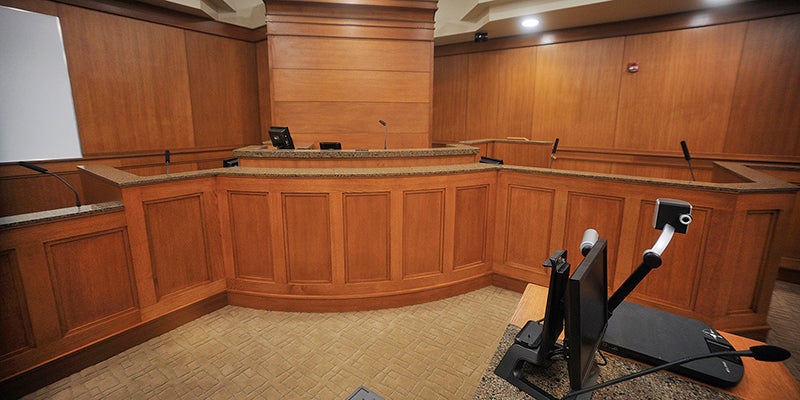State sends far more minorities to prison than whites
Published 10:04 am Thursday, April 14, 2016
By Andy Mannix
Minneapolis Star Tribune
The recent debate over how to solve prison overcrowding in Minnesota has dredged up another decades-in-the-making problem within the state’s corrections system: racial inequity.
Last month, activists for Black Lives Matter and other groups temporarily shut down a legislative hearing on a plan to reopen a private prison in western Minnesota — and, in turn, allow the state’s prison population to grow — with some likening the proposal to slavery because it would probably lead to the incarceration of more black people.
Commenters can debate the protestors’ rhetoric, but it’s indisputable that Minnesota’s criminal justice system has imprisoned people of color at highly disproportionate rates when compared to the state’s racial makeup.
As shown in the chart below, only about 6 percent of Minnesotans are black, according to 2014 census estimates. Yet nearly 37 percent of the state’s prison population is black. American Indians make up about 1 percent of the population and more than 9 percent of prisoners.
It’s not a new problem. In 1990, black people made up about 2 percent of the state’s population and 20 percent of people in Minnesota convicted of felonies. By the 2000 census, the black population increased, now accounting for nearly 4 percent of Minnesotans — but 28 percent of the state’s convicted felons and 36 percent of prisoners.
That same year, American Indians made up 1 percent of the state population, but 6 percent of felons and almost 7 percent of state inmates.
The high percentage of black and Indian offenders has remained constant as the prison population has spiked to record levels. From 1995 to 2014, the total number of people sentenced on felony charges in Minnesota jumped from 9,421 to 16,125 — a 70 percent increase. Over the same time period, black people continued to make up between 24 and 28 percent of all convicted felons.
The number of Indians convicted of felonies grew from just under 5 percent to 8 percent over the 19-year period.
As to why these disparities have been so pervasive, there is no easy answer, but some laws appear to affect certain races more than others. For example, in 1991, possessing 25 grams of crack cocaine carried the same charge as 500 grams of powder cocaine. The Minnesota Supreme Court ruled that such disparate sentencing was unconstitutional because it disproportionately sent black people to prison, and the Legislature changed the law to make penalties for both drugs the same.
A more recent example came last year, when Sen. Ron Latz, DFL-St. Louis Park, introduced an amendment to the state’s gun laws. For felons with a prior violent conviction, possession of ammunition now carries a five-year mandatory minimum sentence — the same as carrying a gun.
According to projections by the Minnesota Sentencing Guidelines Commission, 50 percent of offenders sentenced under the new amendment are expected to black and nearly 8 percent will likely be Indian. Thirty-four percent will be white, according to the projections.
—Distributed by Tribune Content Agency, LLC.




